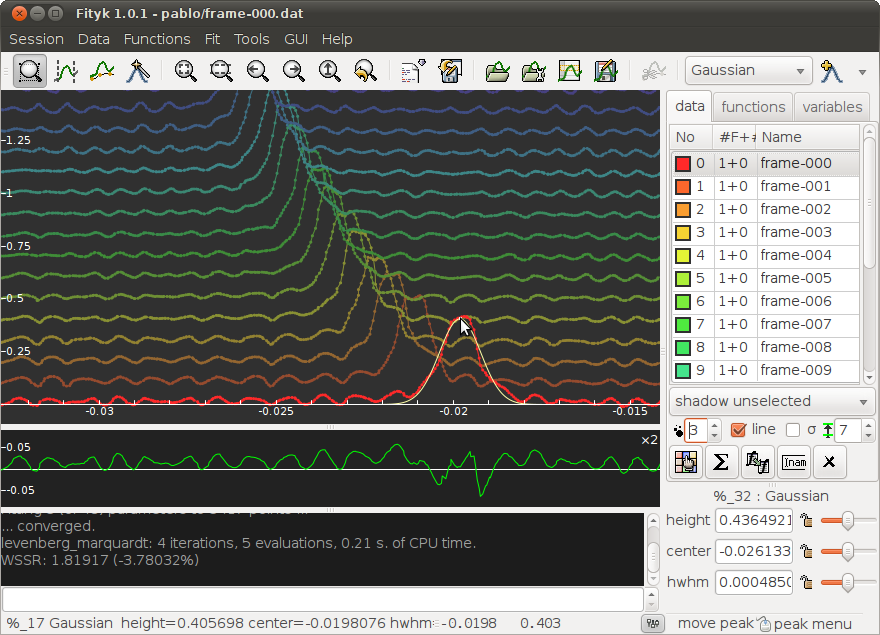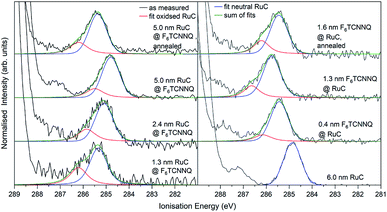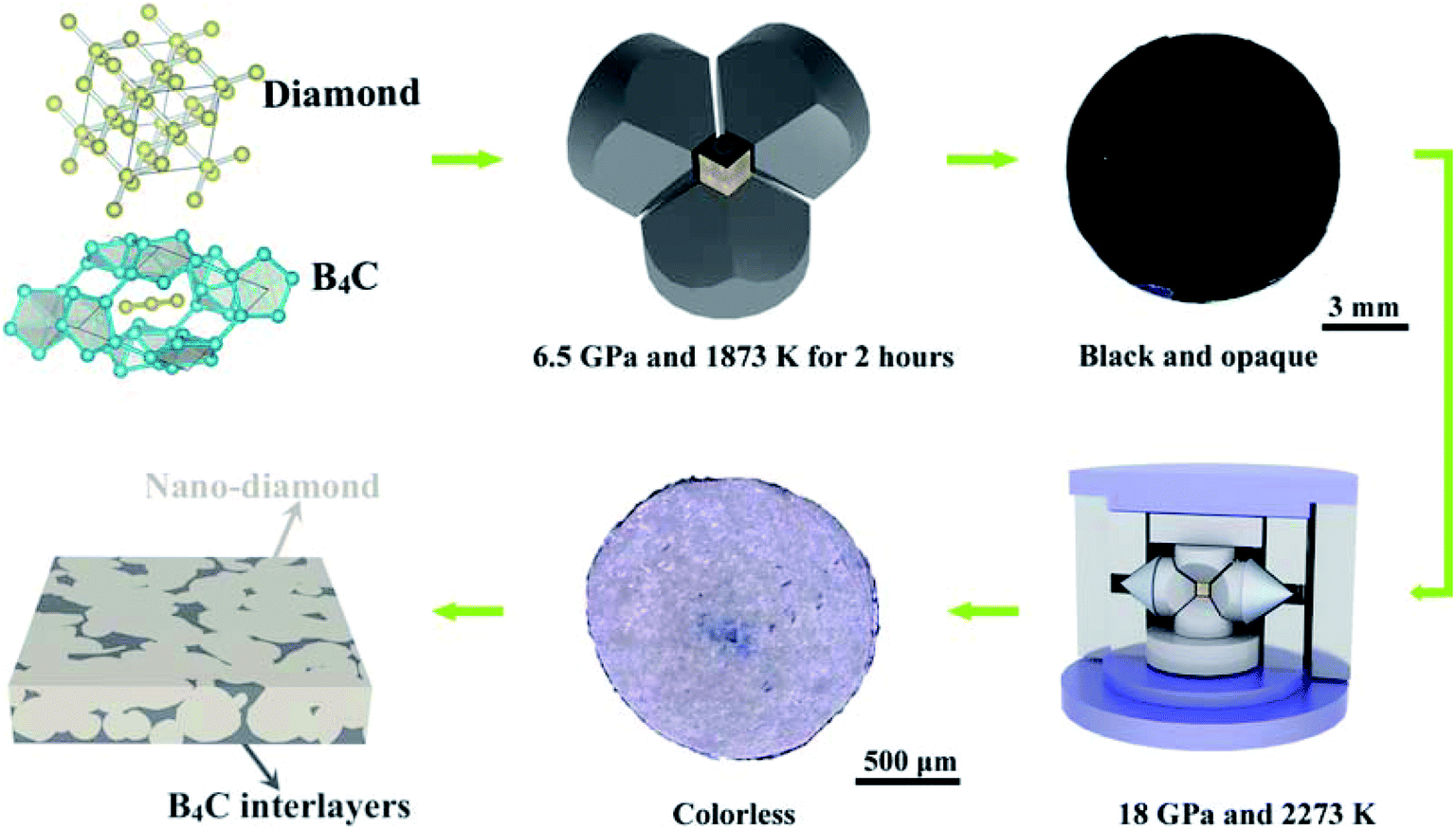

However, for dynamic applications such as gas separation, membranes that can be switched by light 6, 7, electric 8 and magnetic field are considered to be more suitable 9. Indeed, responsive membranes have already been used in drug delivery applications, wherein the membranes can be activated by an external stimuli such as pH, temperature and ionic strength 5. The realization of such membranes could enable the development of so-called “smart membranes” 3, 4. The physical and chemical properties of these membranes can be changed (switched) under the influence of external stimuli such as temperature, pH, light, electric and magnetic field, ionic strength etc. Particularly, the idea of responsive membranes that resembles biomimetic behavior similar to cell membranes has been a topic of great interest 1, 2.

Dynamic membranes with switchable properties are on the other hand rather interesting as they can adapt to their environment by means of an external stimulus. The membranes also exhibited fast response times (<1 s) and can be turned “on” and “off” using a single light source at 550 nm.Įver increasing greenhouse emissions, water and air pollution have promoted the development of functional membranes with tailored properties for the desired applications. We also demonstrated that gases with higher polarizabilities such as CO 2 can be separated from gases with lower polarizability like H 2 and He effectively with more than 22% increase in the gas/CO 2 selectivity upon light irradiation. Our systematic analysis revealed that the gas transport behavior upon light irradiation is fully governed by the polarizability of the permeating gas and its interaction with the charged pCN surface, and can be easily tuned either by controlling the power of the light and/or the duration of irradiation.

Accordingly, herein, we introduced light-switchable polymeric carbon nitride (pCN) gas separation membranes with fast response times prepared from melamine precursor through in-situ formation and deposition of pCN onto a porous support using chemical vapor deposition. However, existing stimuli-responsive gas separation membranes suffer from either very slow response times or require high energy input for switching to occur. Switchable gas separation membranes are intriguing systems for regulating the transport properties of gases.


 0 kommentar(er)
0 kommentar(er)
